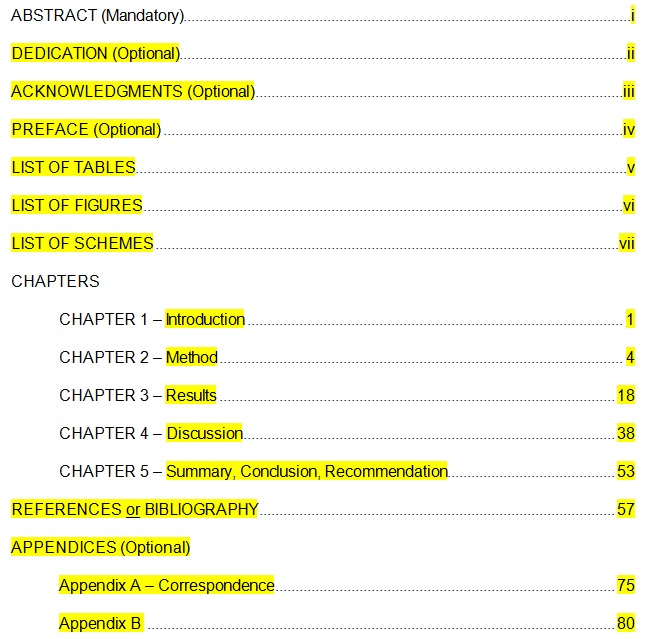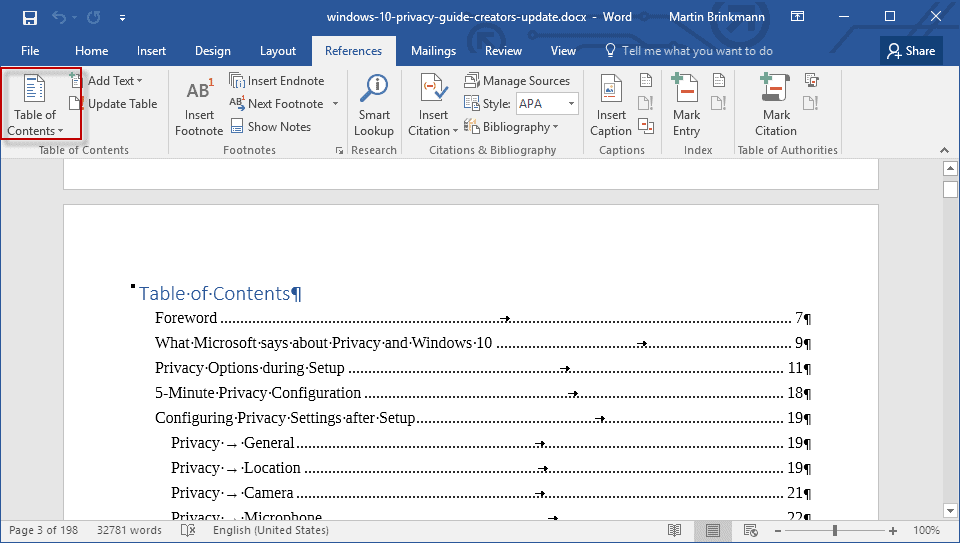
You can also make a standalone copy of an existing ParagraphFormat object by using the Duplicate property. MyParaF.Alignment = wdAlignParagraphCenterĪctiveDocument.Paragraphs(1).Format = myParaF

The following example creates a ParagraphFormat object, sets some formatting properties for it, and then applies all of its properties to the first paragraph in the active document. Use Visual Basic's New keyword to create a new, standalone ParagraphFormat object. ParagraphFormat.LineSpacingRule = wdLineSpaceDouble The following example finds the next double-spaced paragraph after the selection. The following example centers the third paragraph in the active document. The ParagraphFormat property returns the ParagraphFormat object for a selection, range, style, Find object, or Replacement object.

Use the Format property to return the ParagraphFormat object for a paragraph or paragraphs.

Represents all the formatting for a paragraph.


 0 kommentar(er)
0 kommentar(er)
